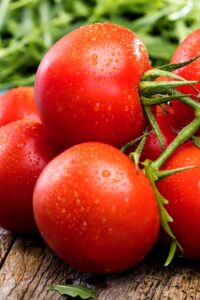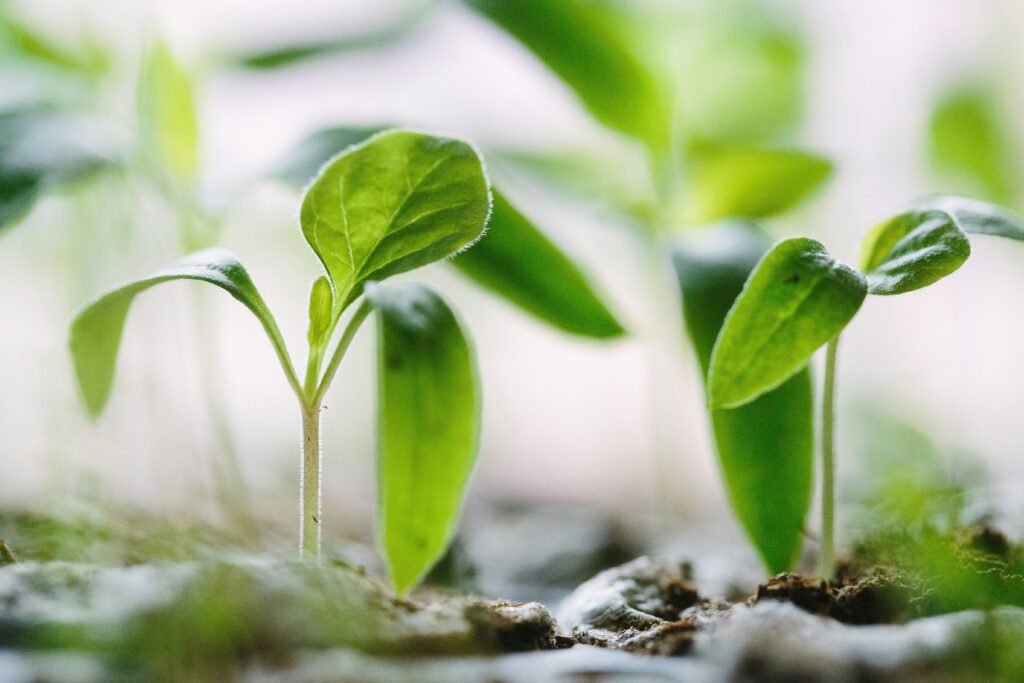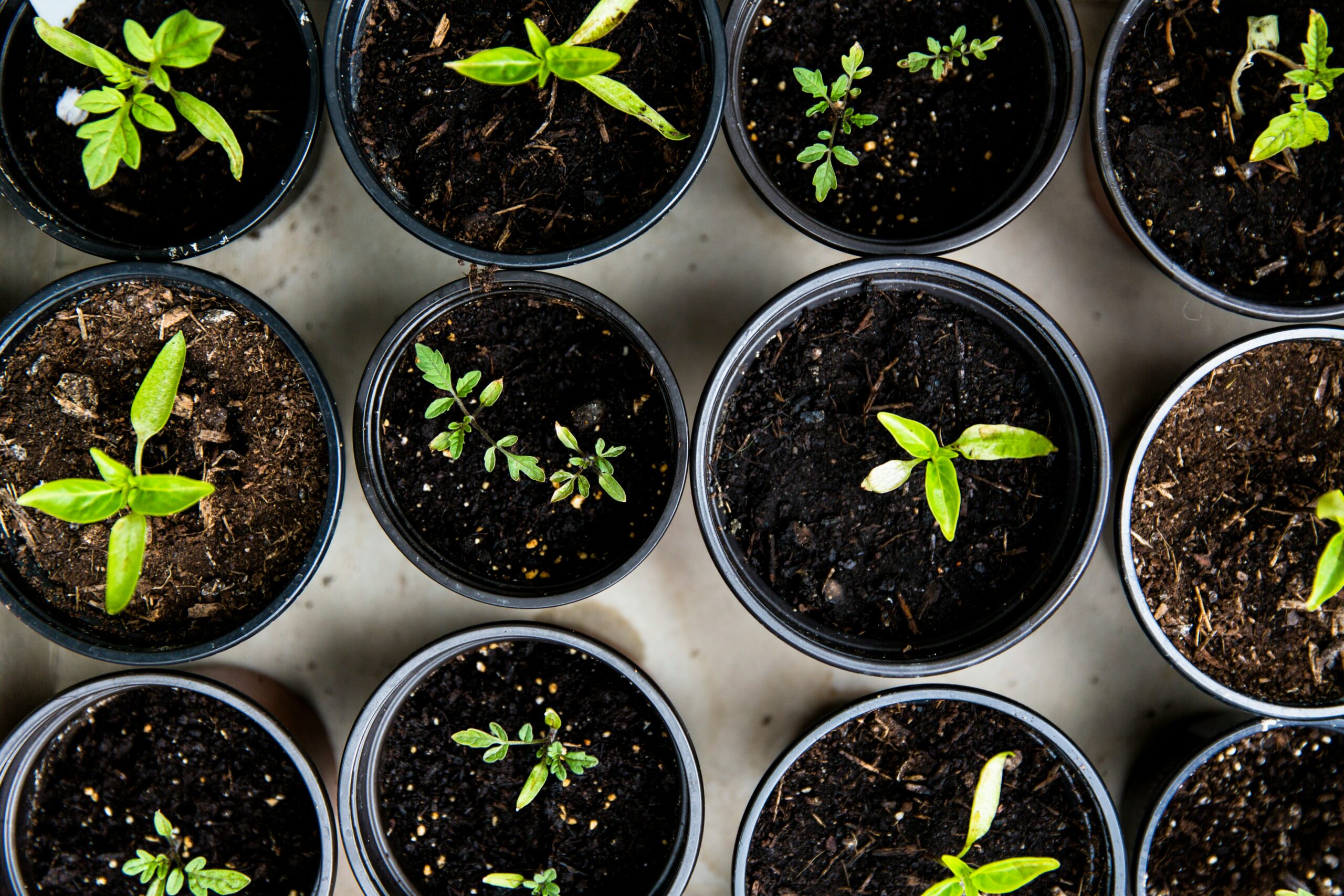During the cooler months, seedling nurseries are often tasked with producing tomato and pepper seedlings for producers in warmer regions or for those looking to get into the market early. Unlike summer seedling production, winter seedling production requires much more management to ensure maximum protection of the seeds and seedlings from cold temperatures and the potential damages they may cause.
Expert Tips for Winter Germination of Peppers and Tomatoes

The Seedlings: A Delicate Beginning
A seed is a living organism and is sensitive to the environment it is subjected to. During germination and the subsequent development of the seedling, controlling the surrounding environment is crucial. Many seedling nurseries achieve this with heated germination rooms where seedling trays are stacked for a predetermined amount of time to allow germination. Once emergence occurs, the trays are transferred to the nursery for further development.
Importance of Temperature Management
The management of germinating seeds is essential to ensure maximum germination and development. Temperature plays a significant role in the germination and emergence of both tomato and pepper seeds. During cooler periods, temperature fluctuations can result in poor germination, uneven emergence, slow seedling development, and a poor pull rate.
This issue is often mistaken for poor quality seeds, but the same seed lot will show near-perfect germination and development when temperatures are higher.
Heating Germination Rooms
There are various methods for heating germination rooms, ranging in cost and effectiveness. Some nurseries opt not to heat at all, while others use bar heaters, oil fin heaters, or air conditioners. The size of the germination room determines the number of heaters or the size of the air conditioner required to maintain the correct temperatures.
Heaters may not allow for strict temperature control, unlike air conditioners. Nurseries that do not heat should avoid producing sensitive seedlings out of season. Installing germination rooms is recommended to ensure high-quality seedlings for clients.
Factors Affecting Germination
Several factors can influence the germination of tomato and pepper seeds:
- Temperature of the Growing Medium: Cold medium delays reaching optimal germination temperatures.
- Water Temperature: Cold water can slow down the warming process for the trays.
- Stack Configuration: Larger, denser stacks take longer to heat up, especially in the center.
- Germination Room Size: Larger rooms require more heat, and poor insulation increases heat loss.
- Air Movement: Adequate air circulation helps maintain uniform temperatures and quicker heating.

Optimizing Tray and Room Setup
The size and shape of the tray stacks impact how efficiently heat penetrates the cells in the center. Smaller stacks with a longer, thinner configuration allow better heat penetration, which is especially crucial during cooler seasons.
Larger germination rooms need more heat to reach optimal temperatures, and poor insulation or a sudden temperature drop can lead to significant heat loss, affecting germination and emergence rates
The Role of Air Movement
Proper air movement within a germination room is critical. Smaller rooms with minimal heating can experience significant temperature differences from one side to the other. Adequate ventilation around tray stacks helps to reduce these temperature gradients and ensures quicker warming of the medium to optimal levels.
Conclusion
Effective management of temperature within germination rooms is advantageous for nurserymen. It leads to better seedling germination and emergence, higher pull rates, and overall better quality seedlings, which in turn results in improved financial stability and returns for the business.
By adhering to these guidelines, seedling nurseries can significantly enhance their winter seedling production processes, ensuring robust and healthy seedlings even in the cooler months.

